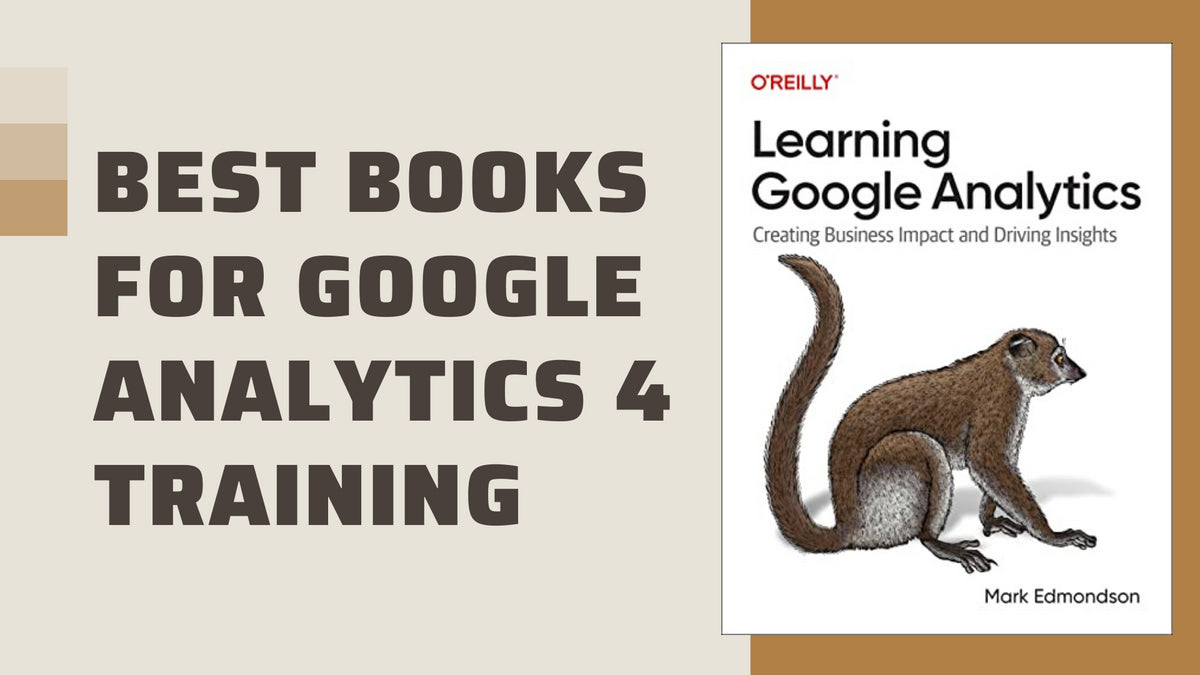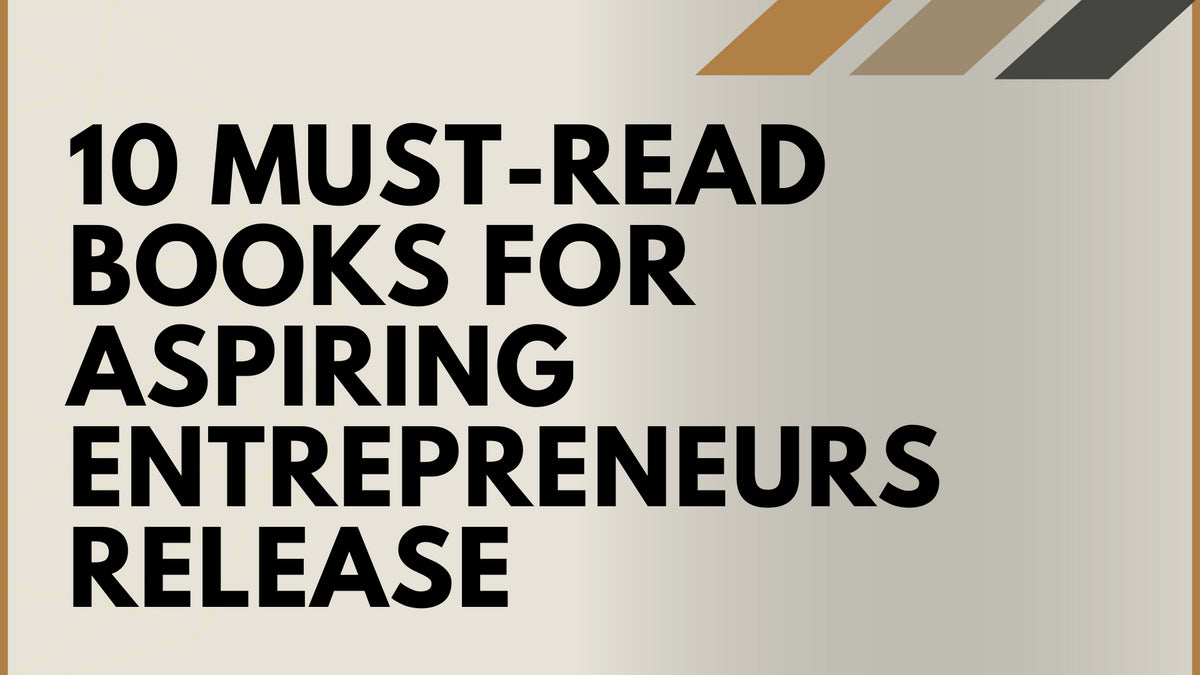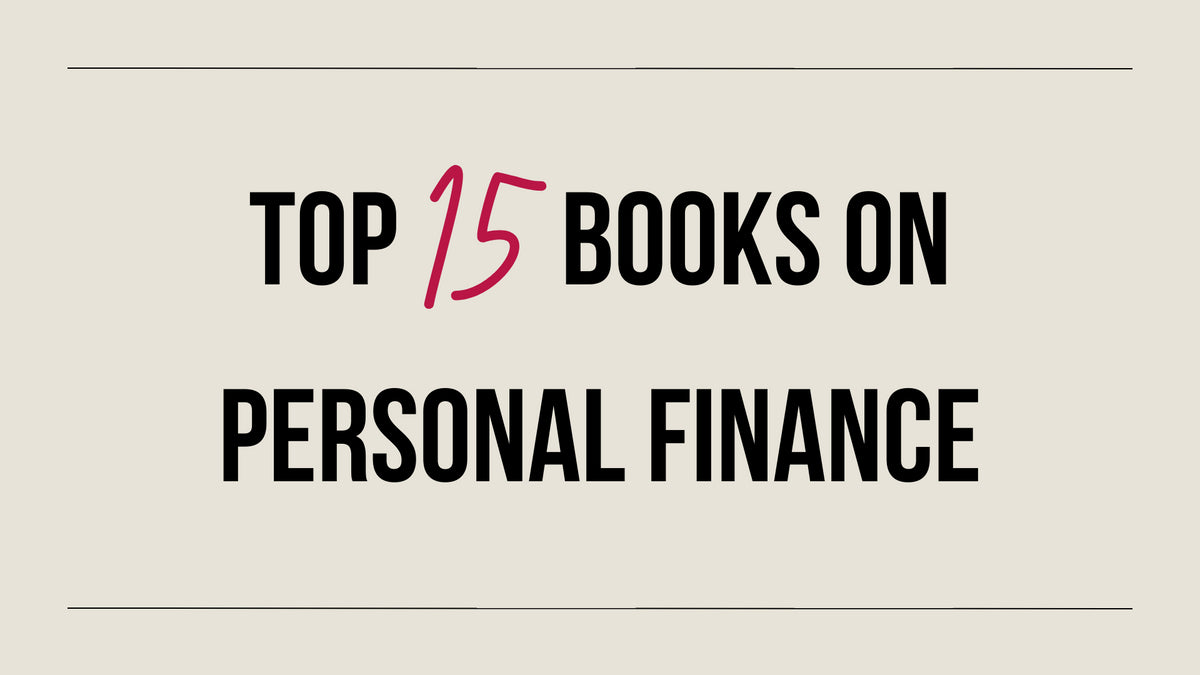Your Cart is Empty
Influence Book Summary: How To Get People To Say Yes
Listen To This Article
A Book About Convincing Someone To Say Yes
If you wish to master the science of persuasion, Influence by Robert Cialdini, is the book to read. What makes people change behavior, what makes them say ‘yes’, and how to persuade people – this understanding dawned on me as I devoured the pages of this book.Dr Robert Cialdini is a renowned expert in the field of influence and persuasion. With thirty-five years of experience under his belt, he is clearly an expert in the field of academics and research. He spent three years doing field research for this book.
The psychology of persuasion is clearly explained in this book. It is not just an opinionated theory but is backed by studies and examples, proving the theories. This book very clearly ‘walks the talk’ on the science of persuasion.
Learn To Influence Consumer Behavior
- Why people say Yes – the psychology behind it
- How and why people make the decisions they make
- The triggers or stimuli which can get people to automatically say yes
- The psychological principles of persuasion behind “6 weapons of influence”
- How to effectively use the 6 weapons of influence to get people to comply – become a skilled persuader and also learn to defend yourself against other skilled persuaders.

Featured In This Review
Influence
$10
This is a book about persuasion and getting people to do what you want them to do without forcing them. Small words and tactical changes can make a huge difference.
SHOP NOWInfluence Book Summary
A first glance at the contents within the book will reveal some common approaches to the art of persuasion. A more intensive read will show you the wealth of detailed explanation given on why and how to use it to your advantage and leverage it in marketing. The crux of every marketing strategy is to influence consumer buying behavior and to sway the purchasing behavior of the customer.
This book is a fantastic guide for the marketing person to influence buying behavior and customer behavior. People from all other walks of life can also bring about drastic personal change and get success in life by adopting the six principles of influence outlined by Cialdini in this brilliant book. If you enjoy this read I recommend the book Competing Against Luck as well.

Reciprocity: This topic or the idea, is established early on in the book. People feel indebted to return a favor. If you do someone a favor they are inclined to return it.
Example 1: Free samples provided by marketers are in reality, gifts which force you to reciprocate. The rule of reciprocity kicks in and you will not be able to walk away without buying their product.
Example 2: The good cop/bad cop strategy. The criminal opens up to the good cop and provides all the required information to him, in return of the kindness shown to him by the good cop.
Want to buy a book review like this?
Click here to learn how to get your book reviewed!
‘Because’ is a magic word to use to get people to comply with your request. When you request a favor, let people know why you need the favor. This point is made evident in these lines from the book.

The topic of human’s automatic action is showcased in an experiment by Harvard social psychologist Ellen Langer. The undisputed principle explained here is that when someone asks us to do the favor we are much more likely to comply with their request if they give us a reason. Humans like to have a reason when doing something.
The example used in the book is simply asking people waiting in line to use a library copying machine if they can make their copies first ‘because’ they were in a hurry. It was the combination of request-plus-reason that led to a 94% success rate in this test. When the same request was made without a reason the success rate was only 60%.
Commitment and Consistency: When people commit to a goal or an idea they are likely to honor the commitment. The commitment can be verbal or in writing. It stems from a desire to be true to our intentions and self-image. At later stages, if the motivation is removed, people continue to remain consistent to their commitment. This can also be called the-foot-in-the-door rule.
Example: The prices of cars are raised at the last moment by car salesmen, but people continue with the purchase as they are already committed or have set their mind to buy the particular car.
“Once we have made a choice or taken a stand, we will encounter personal and interpersonal pressures to behave consistently with that commitment. Those pressures will cause us to respond in ways that justify our earlier decision.” A sales book that touches on this is The Ultimate Sales Machine.

Social Proof: Social proof is the idea that if others are doing a certain act, it must be good and correct. Generally, we tend to rely on social proof, when we are unsure about ourselves, or the path ahead is seemingly unclear and uncertain. Cialdini also points out that we look for social proof in people similar to us. The book Contagious goes into great detail about this.
Advertising thrives on social proof. Claims and images of people using, praising and endorsing a product are all engaging the principle of social proof.
Example 1: When eating a messy and unknown food at a dinner party, most will turn to observe how their fellow diners are eating it, before attempting to eat themselves.
Example 2: Small movie clips are shown to introverted children about how other introverted children like them become social and have fun. The study found that soon thereafter those kids were likely to come out of their shell and become more boisterous and extrovert kids.
Liking: People tend to gravitate towards people they like. This is the primary reason why attractive people have many followers, who like and trust them more than others.We also like people who share similarities/commonalities with us, people who pay compliments to us, and people who work on the same team as us. Attraction is also created through association.
Example 1: A car salesman would send out a monthly greeting card to all his customers with a simple ‘I like you’ printed on the card. This was such an effective tactic because people liked him right back and would recommend their friends and associates to avail of the services of this wonderful salesman.
Example 2: Using an attractive and sexy model to sell your car. The customer then views the car as being more attractive and appealing than it actually is. The car begins to look more enticing just by virtue of being associated with a hot model.
Authority: A well-recognized authority figure commands compliance and wields tremendous influence on the thoughts, words and actions of the more common men. Title, status, dress, general bearing and personality all indicate importance and authority. Knowledge and trustworthiness also dictate how much authority you wield. Much more on this in the book How To Win Friends & Influence People.

Scarcity: Scarce or hard to get things are often considered more valuable. When we perceive scarcity, demand increases. Scarcity increases value, desirability and enables swift decision making in order to procure the scarce commodity. Some other lovely examples of this can be found in the book Alchemy.
Example 1: When products are advertised with a ‘limited period offer’ there is a scramble to buy them before the offer expires.
Example 2: When a person seeking to sell a car, calls 4 prospective buyers at the same time to evaluate and assess the car, he is more likely to sell the car swiftly. The fact that the car may be grabbed by the others compels one to make a quicker and bigger bid to acquire the car.
This book is really dense, valuable and requires more than just a surface reading. It will have you thinking about the psychology of persuasion and how best to apply it in your business to influence customer behavior and customer buying behavior. This is definitely one of those books that you will rabbit-ear, underline, highlight and reference back, when writing emails or devising customer strategies. Another interesting book on influencing a company's strategy is Return On Courage.
About The Author Dr Robert Cialdini
Dr Robert Cialdini has spent his entire career researching the science of influence earning him an international reputation as an expert in the fields of persuasion, compliance, and negotiation. He is frequently regarded as the “Godfather of influence.”
His books including, Influence: Science & Practice, are the result of decades of peer-reviewed research on why people comply with requests. Influence has sold over 3 million copies in over 30 languages and is a New York Times Bestseller.
His new book, Pre-Suasion: A Revolutionary Way to Influence and Persuade, published by Simon & Schuster, quickly became a Wall Street Journal and a New York Times Bestseller.
Dr Cialdini is CEO and President of INFLUENCE AT WORK; focusing on ethical influence training, corporate keynote programs, and the CMCT (Cialdini Method Certified Trainer) program.
His clients include such several MNC’s like Google, Microsoft, Cisco Systems, Bayer, Coca Cola, KPMG,Kodak, Merrill Lynch, Pfizer, IBM, the United States Department of Justice, NATO, and more.
Want to buy a book review like this?
Click here to learn how to get your book reviewed!
Leave a comment
Comments will be approved before showing up.
Also in Books

The Best Books for Google Analytics 4 (GA4) Training
Unlock the secrets of Google Analytics 4 with our curated list of the best GA4 training books for 2023! Dive deep into actionable insights, master advanced techniques, and lead the digital analytics revolution. Don't get left behind; discover the ultimate resources to dominate GA4. Click now to elevate your skills!
Read More
10 Must-Read Books for Aspiring Entrepreneurs
Do you dream of starting your own business? If so, you need to read this article! We've compiled a list of 10 must-read books for aspiring entrepreneurs. These books will provide you with the knowledge and inspiration you need to turn your dream into a reality. Click here to read the article and learn more!
Read More
Top 15 Books on Personal Finance
Are you looking for a safe and informative place to learn about personal finance? If so, you've come to the right place! This article discusses the top 15 personal finance books on the market, all of which are sure to help you improve your financial situation without any explicit sexual descriptions or that is sexually suggestive in nature or is primarily intended to cause arousal.
Read More